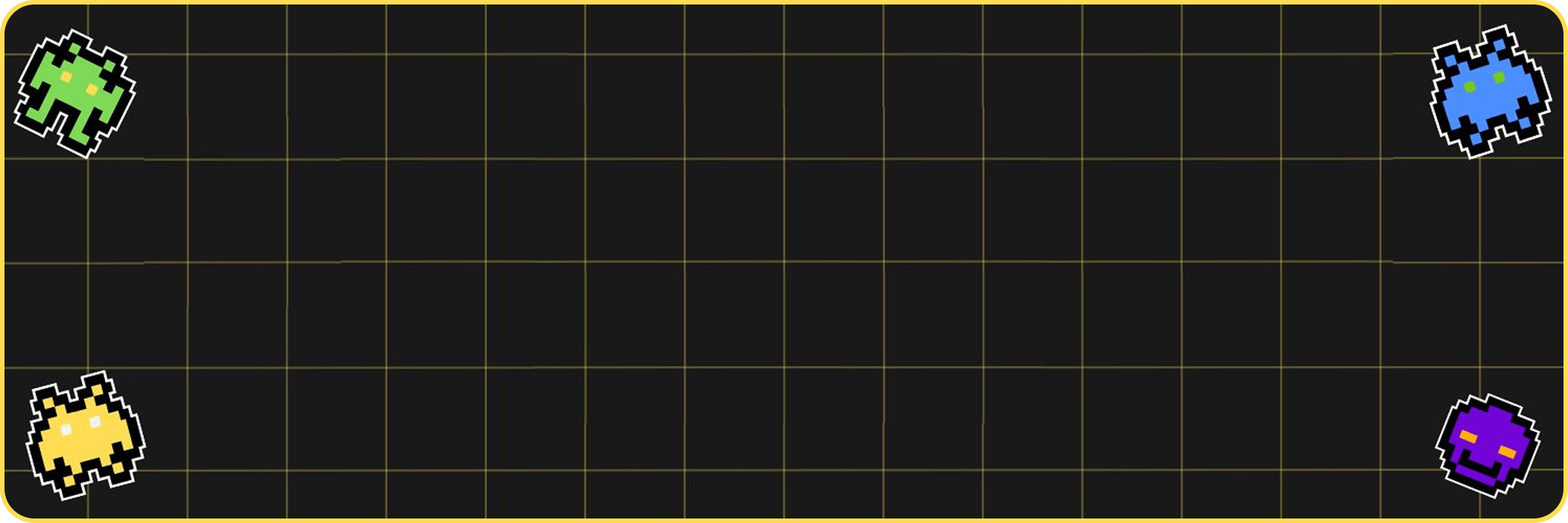“Translation” is an umbrella term that contains many different branches, each with its own requirements and idiosyncrasies. In this article, we’ll compare game localization with other types of translation and look at how they differ in purpose, tone, and target audience. Let’s dive in!
What Is Localization?
Localization isn’t just about converting text from one language to another.
It’s the adaptation of content to suit a specific culture, locale, and audience.
It takes into account not only the meaning of the words but also context, emotion, cultural references, audiovisual elements, and even user habits.
Medical, Legal, and Technical Translation: Scientific Precision
In these fields, accuracy is everything. Terminology and phrasing must often be followed to the letter. The main priority is avoiding mistakes, as a mistranslated instruction can lead to equipment failure or legal issues. The language in these texts tends toward formality and dryness, leaving little room for creativity—only clear logic and adherence to standards.
Elements of this type of translation appear in game localization too. For example, when translating user agreements or in-game warnings, the translator must follow the same rules as in technical translation. There’s no room for improvisation here.
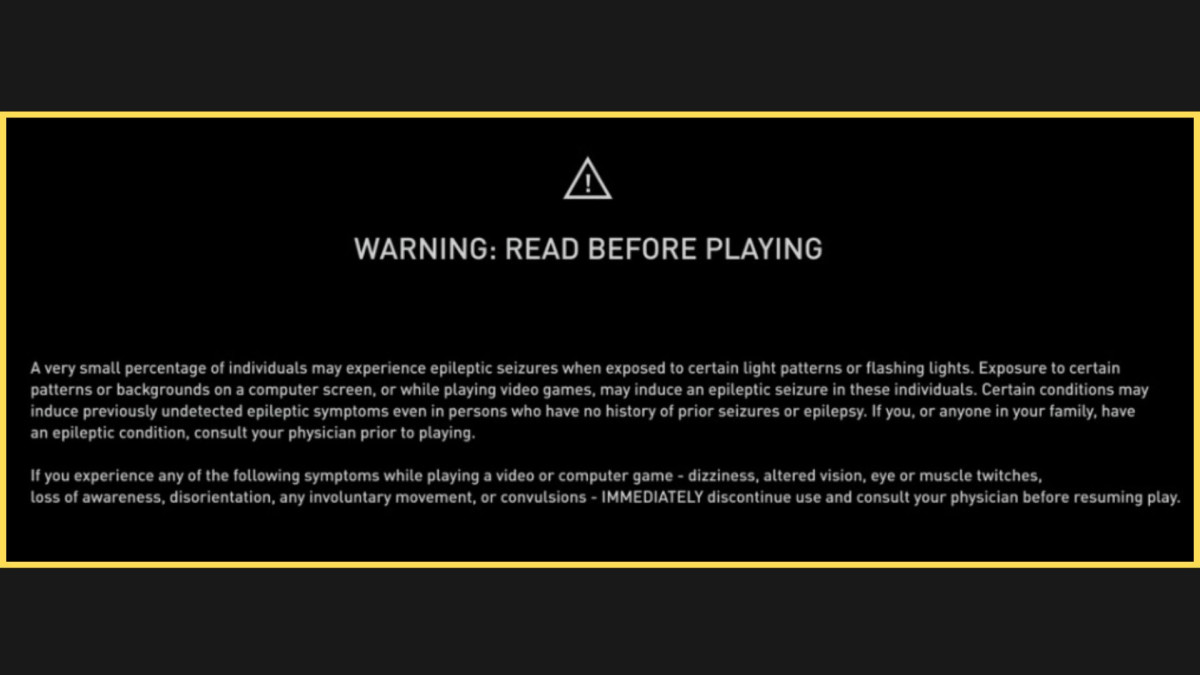 Source: “Assassin’s Creed Valhalla” game
Source: “Assassin’s Creed Valhalla” gameLiterary Translation: Authorial Style and Artistic Intent
In literary translation, style, mood, and rhythm are key. The translator isn’t just a messenger. In many ways, they become a co-author. They must convey not only the plot but also the author’s unique voice (idiolect), the emotional tone, and the speech patterns of the characters.
And when it comes to nonfiction or popular science books, factual accuracy and clarity are essential to keep the text both trustworthy and engaging.
The same applies in games when players encounter in-world books, letters, and lore items—think The Witcher 3 or Elden Ring. Here, the translator dives deep into the world and its narrative style, becoming part translator, part narrative designer.
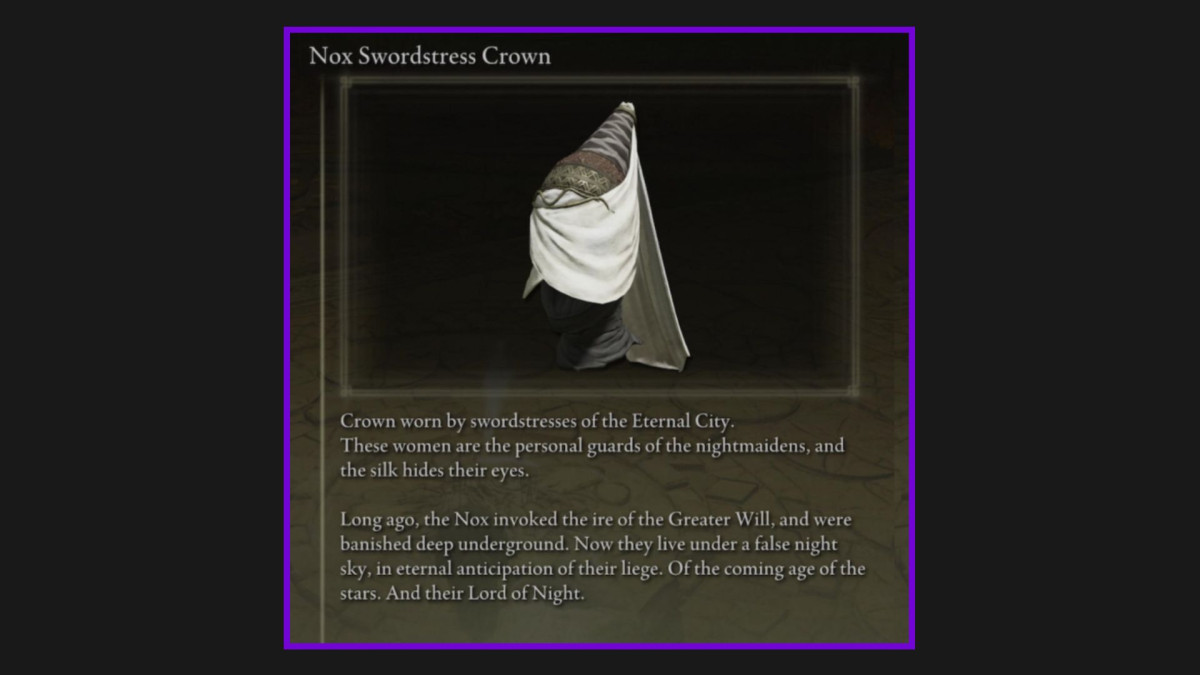 Source: “Elden Ring” game
Source: “Elden Ring” gameFilm and TV Translation: Emotions on Screen
Audiovisual translation exists on a whole different level. Accuracy is important, but emotions reign here. The translation should elicit the same feelings in the viewer as the original. And it needs to do so under tight constraints, like matching timecodes to audio and conveying or adapting cultural references appropriately.
The same challenges arise in video game cutscenes, whether it’s a dramatic moment in The Last of Us or a comedic exchange in Borderlands.
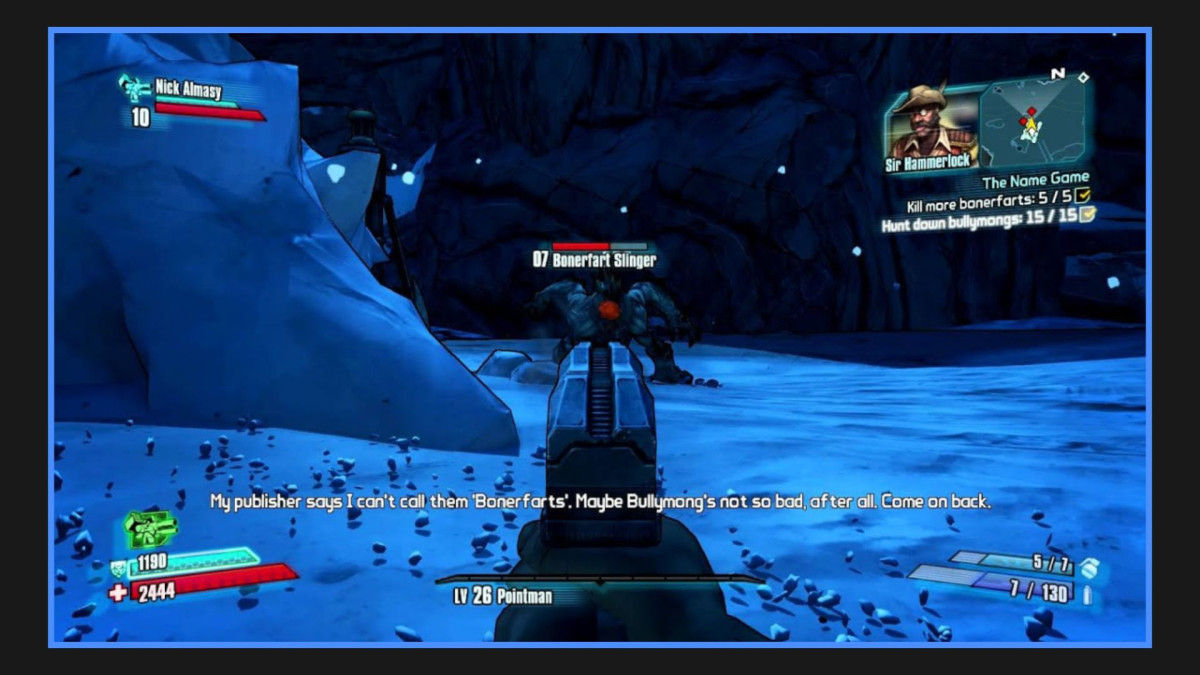 Source: “Borderlands 2” game
Source: “Borderlands 2” gameGame Translation: The Final Boss
Now imagine having to translate all of the above at the same time.
Welcome to video game localization!
A game isn’t just a story or a set of text strings; it’s an interactive experience where players can influence the plot, dialogue, and environment. One moment you’re translating a legal agreement, the next it’s a tragic character backstory, and then you’re trying to fit UI strings into strict limits while clearly explaining gameplay mechanics. All in the same project.
Let’s look at Atomic Heart as an example. This game includes:
- numerous notes, documents, and audio logs
- emotional character dialogue
- UI text and a wide range of abilities
- voice-over adaptation for multiple languages
- nigh-untranslatable memes, slang, and idioms
Each of these elements requires its own approach.
We share more about how we handled the localization of this project [here].
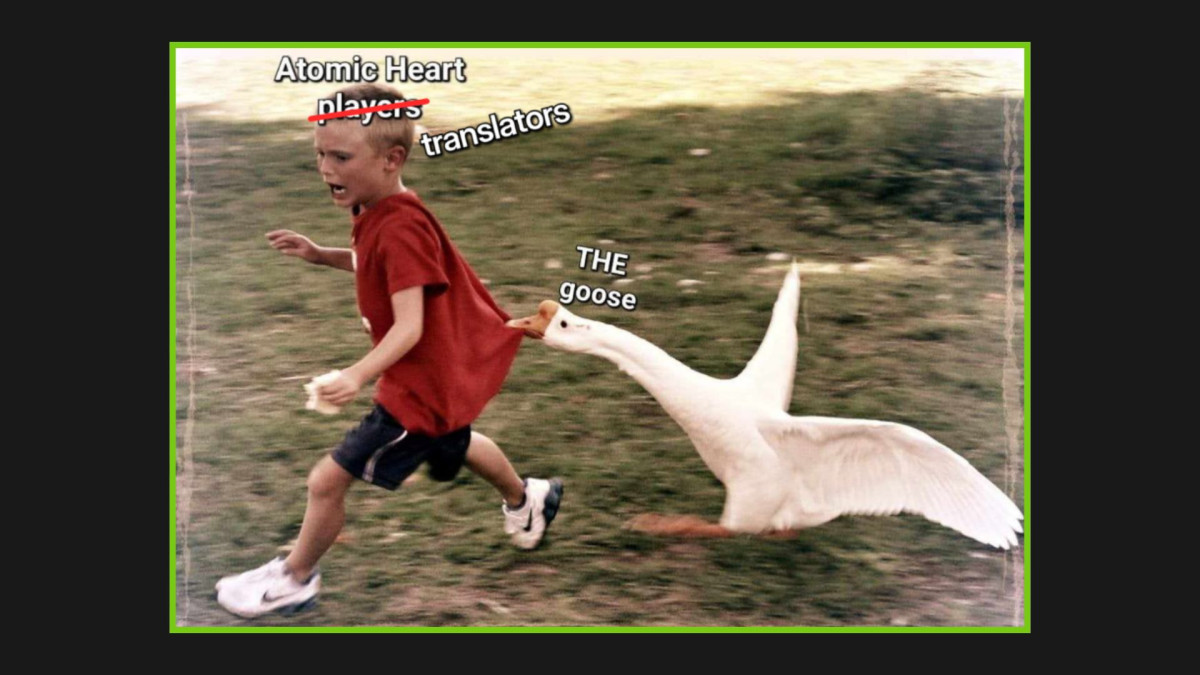 Source: Internet meme
Source: Internet memeOn top of the elements above, translators often face:
- character limits
- procedurally generated strings
- branching dialogue trees
- localization before the game is even finalized
- cultural constraints across markets (like avoiding pork references in Arabic or any religious mentions in Chinese)
Game localization is the ultimate translation challenge.
It’s an art that demands not just linguistic skill but also sensitivity to genre, context, emotion, culture, and—most importantly—the player. That’s what makes it so unique and incredibly rewarding.
What about you?
What challenges have you faced in game localization?
Do you have a favorite game where the translation really impressed you, or one where it totally missed the mark?
And if you’re looking for a team that doesn’t just translate words but truly integrates them into the game world, that’s what Allcorrect is here for.
No bugs. All heart.




